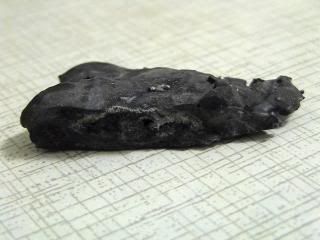There are simple and cheap wet methods for converting Pb salts (generally - any salts) to Pb.
You can use Pb/PbSO4/PbO... mixtures, all is converted to Pb.
Original idea from book:
Take two Zn plates, make paste from PbSO4 and H2O and place it between Zn plates. Immerse all in NaCl solution and wait. PbSO4 will change to Pb
sponge, Zn react to ZnSO4. It works, but can take many days to complete reaction.
Modifications:
use cut iron sheet (not powder - hard to remove), may be Zn coated, iron wire, it does not matter. Take bottle, put iron, Pb salt (or mixture), water
and some acetic acid (citric, sulfuric, etc). Stop the bottle and shake it from time to time. End of reaction can be indicated by immersing a piece of
clean iron for some time (in slurry) - surface of iron should not be covered by Pb sponge.
Remove remaining iron, decant, wash, dry, melt Pb. Do not store prepared dry Pb for a long time, because it slowly covers with oxide.
I tested Al sheets but I got hard to remove "Al(OH)3" hard particles. I think it is question of bad conditions (just tested it only to see if it works
at all). Maybe NaOH instead of acidic solution would be better ? Not tested, but if someone wants, worth trying.
Important : Pb in car battery always contains some Sb, even few %. |







 This does mean another delay in the first experiment, unfortunately.
This does mean another delay in the first experiment, unfortunately.






 . Let me post two pictures of the 'ingot' I
cast in my effort to clean the jug. The piece of material pictured weighs 20 g. Total amount of lead electrode used was 50 g, not 100 as estimated
earlier. Total amount of flux was around 20 g, based on hydrated CaCl2 (hydrate still unknown, not tested).
. Let me post two pictures of the 'ingot' I
cast in my effort to clean the jug. The piece of material pictured weighs 20 g. Total amount of lead electrode used was 50 g, not 100 as estimated
earlier. Total amount of flux was around 20 g, based on hydrated CaCl2 (hydrate still unknown, not tested).

